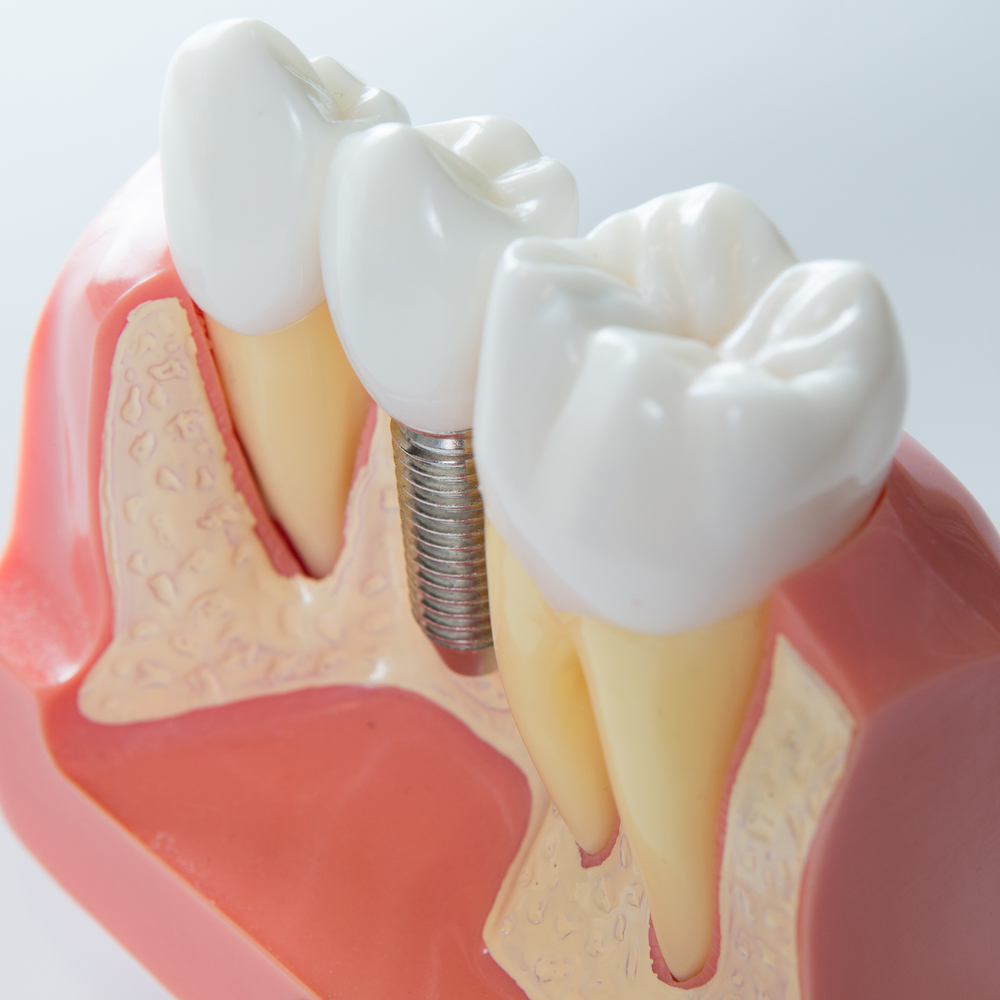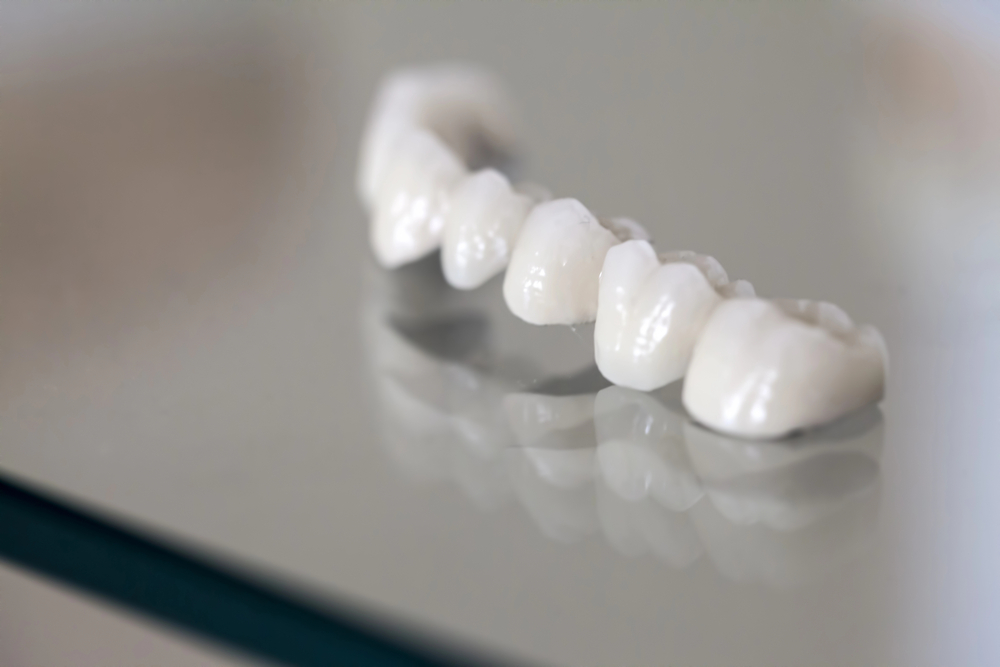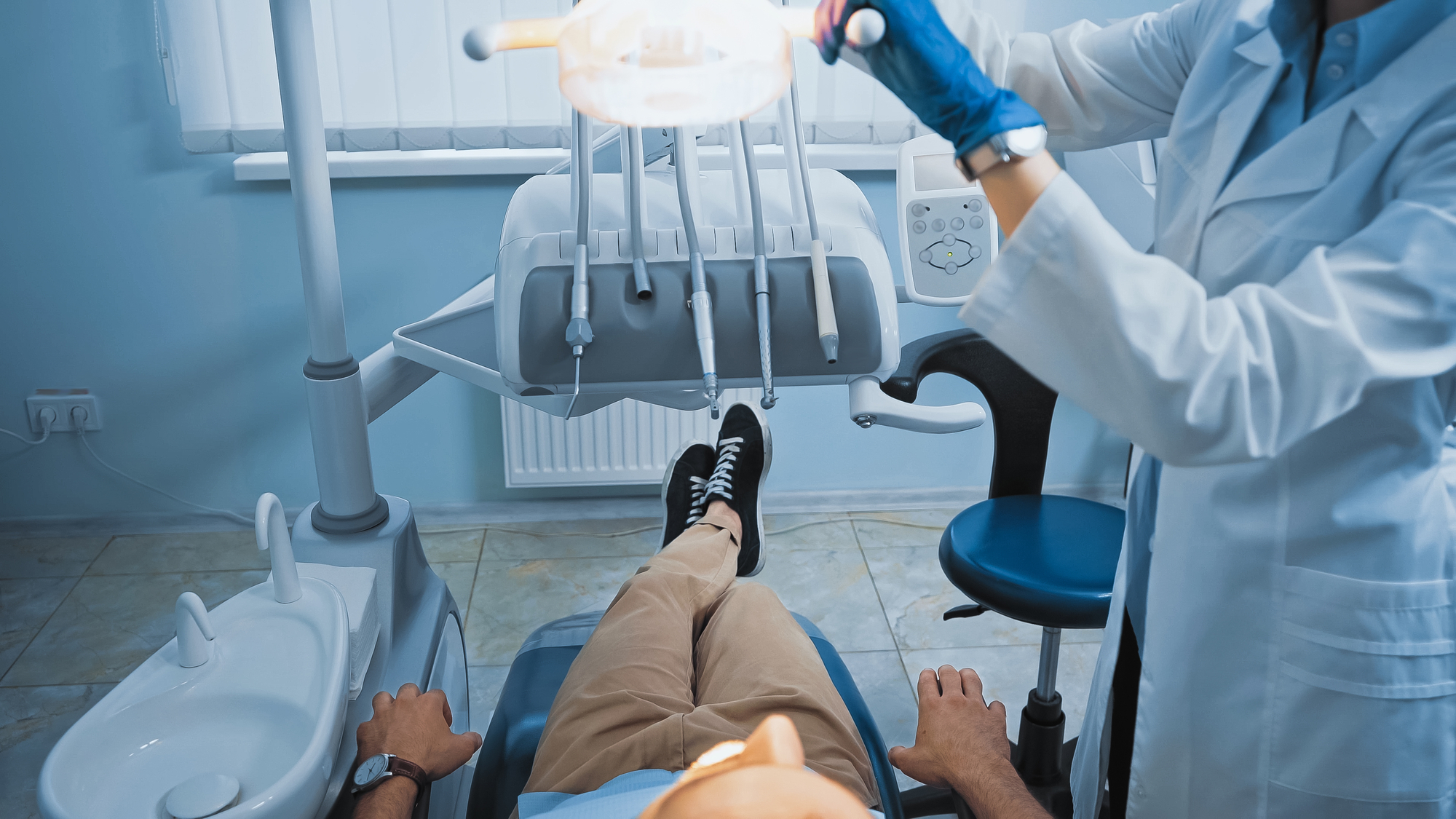When it comes to achieving the smile of your dreams, dental veneers are one of the most transformative and reliable options in cosmetic dentistry. Whether you’re looking to correct chips, close gaps, or create a more uniform appearance, veneers offer a minimally invasive solution that delivers stunning, natural-looking results. But where do dental veneers fit into your broader cosmetic dentistry plan, and what role does modern technology play in ensuring those smile goals are met? Let’s explore.
What Are Dental Veneers?
Dental veneers are thin, custom-made shells typically crafted from porcelain or composite resin. They are designed to cover the front surface of your teeth to improve their appearance. Veneers can correct a wide variety of cosmetic concerns, including discolored, worn-down, chipped, misaligned, or uneven teeth. Unlike crowns, which cover the entire tooth, veneers only mask the visible surface, preserving most of your natural tooth structure.
Why Dental Veneers Are a Popular Choice
Dental veneers have become a popular choice in cosmetic dentistry due to their ability to deliver quick, dramatic, and natural-looking results. Many patients choose dental veneers to address multiple issues at once, such as discoloration, chipped teeth, or minor misalignments, all without undergoing extensive orthodontic or surgical procedures. With their long-lasting durability and ability to mimic the natural translucency of enamel, dental veneers provide an effective and aesthetically pleasing solution that fits seamlessly into a wide range of smile makeover plans.
One of the main reasons dental veneers are so popular is their ability to offer immediate and dramatic results. In just a few visits, patients can achieve a perfectly aligned, bright, and aesthetically pleasing smile without undergoing major dental surgery or orthodontic treatment.
Here are a few reasons why veneers are a cornerstone of many cosmetic dentistry plans:
- Quick transformation: Ideal for individuals looking for a fast and effective makeover.
- Versatile solution: Corrects multiple imperfections simultaneously.
- Natural aesthetics: Modern veneers mimic the translucency and shine of real enamel.
- Durability: High-quality veneers can last 10-15 years or more with proper care.
The Role of Modern Technology in Veneers
The role of modern technology in the dental veneer process cannot be overstated. Innovations have made the procedure more comfortable, efficient, and accurate than ever before.
1. Digital Smile Design (DSD)
This cutting-edge planning tool allows dentists to digitally map out your ideal smile before any physical work is done. Using photos, 3D scans, and digital impressions, you and your dentist can co-design your perfect smile. This ensures your veneers are personalized to complement your facial structure, skin tone, and personality.
2. CAD/CAM Systems
Computer-Aided Design and Computer-Aided Manufacturing (CAD/CAM) technologies are revolutionizing how veneers are made. These systems allow for precise digital impressions and milling of veneers on-site, sometimes even delivering same-day restorations.
3. Intraoral Scanners
Gone are the days of uncomfortable and messy impression materials. Intraoral scanners capture high-definition images of your teeth in seconds, improving the accuracy of the veneers and speeding up the process.
4. 3D Printing and AI Modeling
Artificial intelligence and 3D printing technologies are being used to create mock-ups and temporary veneers that patients can try out. This “test drive” experience allows you to preview how your new smile will look and feel, building confidence and trust in the treatment.
Integrating Veneers Into Your Cosmetic Dentistry Plan
Dental veneers are often one component of a broader cosmetic strategy that may include teeth whitening, orthodontics, gum reshaping, or even implants. To determine where veneers fit in your plan, a comprehensive consultation with a cosmetic dentist is essential.
Step-by-Step Planning:
1. Assessment and Goal Setting
Your dentist will evaluate your oral health and listen to your smile goals. Are you aiming for subtle enhancement or a full transformation?
2. Pre-Treatment Care
Sometimes, other treatments like teeth whitening or orthodontics are performed first. For example, aligning your teeth before placing veneers can reduce the number of veneers needed.
3. Design and Preview
Using DSD and digital scans, you’ll get a sneak peek at your future smile. This collaborative step ensures the end result meets your expectations.
4. Minimal Tooth Preparation
Your dentist may remove a very small amount of enamel to make space for the veneer—just enough for a flush, natural fit.
5. Placement and Final Adjustments
After the veneers are bonded to your teeth, your dentist will make final adjustments to ensure comfort and aesthetics. The final polish brings everything together.
Are Veneers Right for You?
Veneers are ideal for patients with good overall oral health and sufficient enamel for bonding. However, they may not be recommended for individuals with active gum disease, tooth decay, or habits like teeth grinding—unless these are addressed first.
Modern technology makes it easier than ever to assess candidacy with tools like digital X-rays, 3D scans, and AI-driven diagnostics. These tools allow for accurate treatment planning and predictable outcomes.
Smile Goals Achieved: A Modern Makeover
In the world of cosmetic dentistry, dental veneers have earned their place as a go-to solution for patients looking to enhance their smiles. Thanks to the role of modern technology, what once required multiple visits and a leap of faith can now be visualized, customized, and completed with precision and confidence.
Whether you’re seeking a subtle enhancement or a complete transformation, veneers can be tailored to your personal goals and lifestyle. With the right plan—and the right dentist—your smile goals aren’t just achievable; they’re inevitable.









